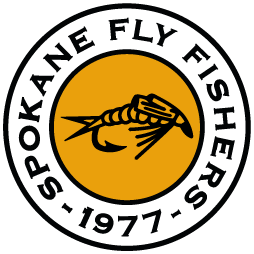Fly Tying Recipes
"I look into my fly box and think about all the elements I should consider in choosing the perfect fly: water temperature, what stage of development the bugs are in, what the fish are eating right now. Then I remember what a guide told me: Ninety percent of what a trout eats is brown and fuzzy and about five-eighths of an inch long."
Allison Moir
The following content is accessible for members only, please sign in.
Loading...
Scroll to Top
